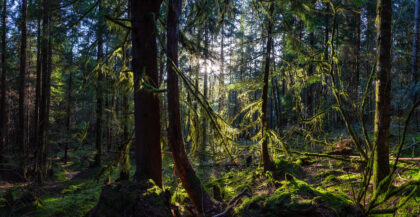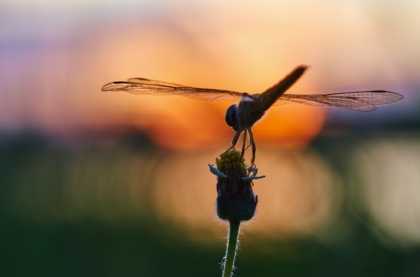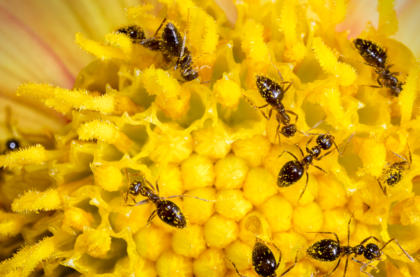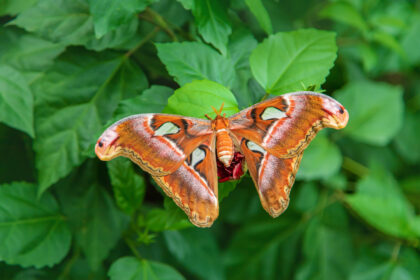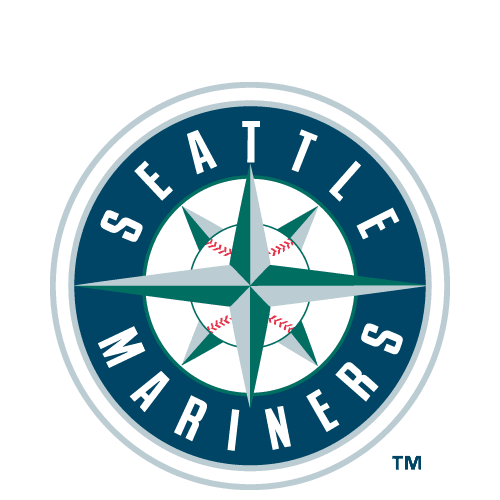The Insects of Washington State
Have you ever been in your garden and wondered “what is that insect?” or just wanted to know more about common insects you see often while tending your beds? When you garden in Washington State, you’ll surely find your share of interesting insects and we have compiled a list of common insects as well as a few interesting finds.
A Few Interesting Specimens: Washington Insects
Green Darner Dragonfly
The Green Darner dragonfly is one of the most common Washington insects. These dragonflies are excellent aerial hunters with incredible eyesight and powerful jaws. They hunt in large numbers, catching and consuming flying insects. Their unique basket-like legs and powerful jaws enable them to swoop down and scoop up their prey.
The Common Green Darner dragonfly measures approximately six to eight centimeters (2.8 to 3.4 inches) in length. Its wingspan is nine to eleven centimeters. The abdomen is green with a blue shading. The immature green darner has a pale green abdomen. The males have a distinctive dark line down the middle of their abdomen.
The Common Green Darner Dragonfly is the state insect for Washington State.
Paper Wasp
Paper Wasps are invasive and are very common in the great kingdom of Washington insects. Originally from Europe, they have recently been introduced in the United States and are common in some parts of the state. These insects are especially attracted to human dwellings. Beekeepers can often find paper wasp nests under handholds or yard equipment.
These insects live in colonies and begin to form nests when the female leaves her hibernation site. A typical nest consists of 20 to 75 adults. The original female builds the nest and tends to the larvae, but other females often join her and help care for the young. As the young emerge, they become workers and forage for food. Eventually, only the queen will remain in the nest, becoming the new queen.
Carpenter Ant
The Carpenter ant is one of the most common ants when it comes to Washington insects. Its main nesting sites are standing trees, stumps, logs and the forest floor. Often, worker ants will move into the main nest as a satellite colony. Minor workers mostly collect food and expand the nest. Satellite colonies may also contain eggs, pupae and winged.
The Carpenter ant is variably 3.4 to 14 millimeters long and can form colonies of a hundred thousand workers. Each worker has specific duties and the winged male is the first to emerge. When the conditions are right, he releases a pheromone that attracts the female. This is often the first sign that a nest is present. It can also cause a rustling sound.
Atlas Moth
The Atlas moth is a mysterious insect that has, until very recently, never before been found in the United States. It was reported in Bellevue, Washington, on July 27 by a University of Washington professor, Patrick Tobin. This new species has been confirmed by the USDA’s Animal and Plant Health Investigation Service and Washington state officials have asked the public to report any sightings. While this insect does not pose a threat to public health, it is important to document any sightings and report them to the Washington State Department of Agriculture (WSDA) and the state plant regulatory agency, called the Plant Services Program.
An atlas moth is a large, orange moth with a wingspan up to 10 inches. It is believed to feed on cherry and apple trees. It is native to tropical rainforests in Southeast Asia.
Water Bug
Giant water bugs are native Washington insects. These bugs lay hundreds of eggs each on vegetation or on their male partners’ backs and the eggs hatch in one-two weeks. The resulting nymphs, or miniature versions of adult water bugs, go through five stages of development. These nymphs will grow to adulthood in about two months. Afterward, adults overwinter in the mud at the bottom of pools and streams.
Water bugs are considered an indicator of healthy stream ecosystems. These aquatic insects are sensitive to changes in water flow and quality.
Stop on in to discuss more about the interesting Washington insects and how they fit in to your next gardening adventure or landscaping project.





